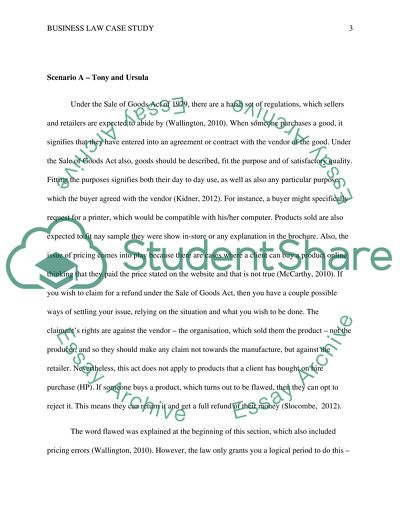Cite this document
(“Business law case study Coursework Example | Topics and Well Written Essays - 3000 words”, n.d.)
Retrieved de https://studentshare.org/law/1494807-business-law-case-study
Retrieved de https://studentshare.org/law/1494807-business-law-case-study
(Business Law Case Study Coursework Example | Topics and Well Written Essays - 3000 Words)
https://studentshare.org/law/1494807-business-law-case-study.
https://studentshare.org/law/1494807-business-law-case-study.
“Business Law Case Study Coursework Example | Topics and Well Written Essays - 3000 Words”, n.d. https://studentshare.org/law/1494807-business-law-case-study.


